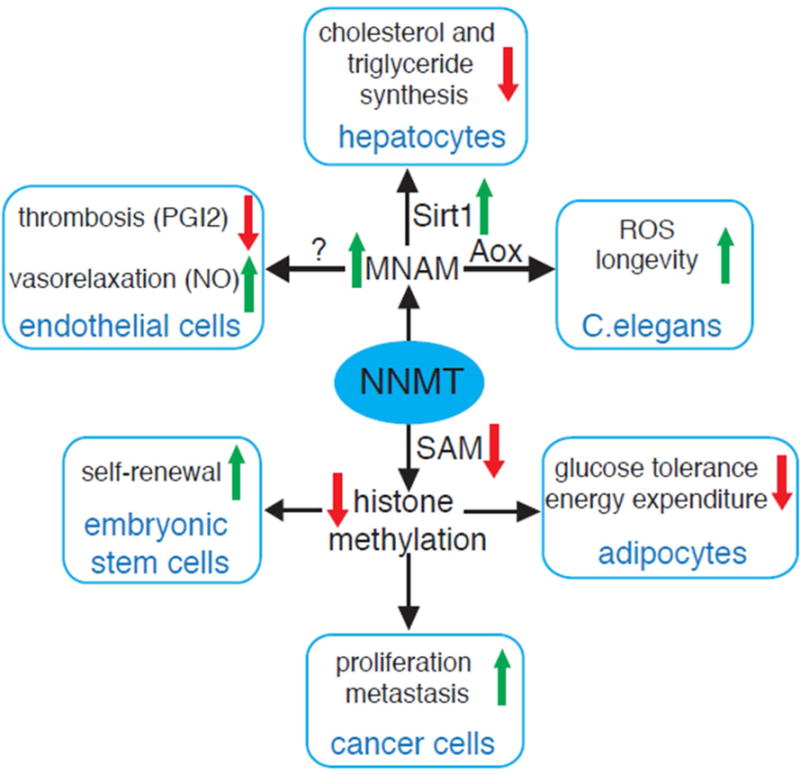Figure 3. NNMT-centric view of the intracellular pathways regulated by NNMT.

NNMT consumes SAM to methylate NAM, a form of vitamin B3. Consumption of SAM in adipose tissue, some cancer cells and hECSs decreases SAM levels and global methylation of selected epigenetic marks. The biological effects are cell specific and range from fat accumulation in adipocytes, to increased proliferation and invasiveness of cancer cells to maintenance of hESCs ‘stemness’. The product of NNMT, MNAM interferes with Sirt1 degradation leading to deacetylation of Sirt1 targets and suppression of triglyceride and cholesterol synthesis in hepatocytes. MNAM exerts antothrombotic and vasodillatory effects in endothelial cells. Oxidation of MNAM by the C.elegans homolog of Aox, increases ROS production and life span in the nematode.
